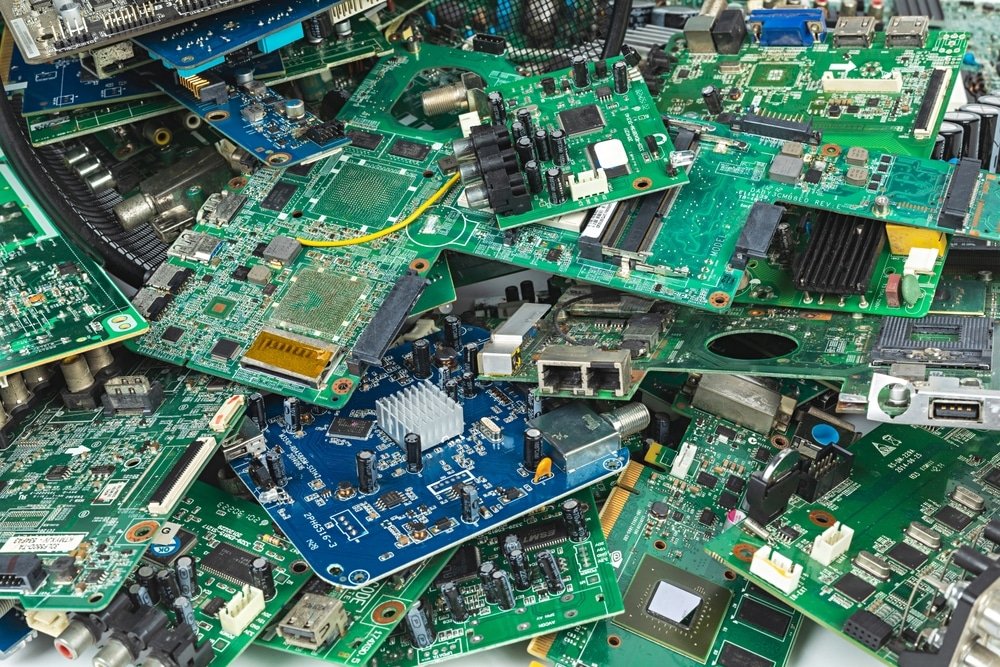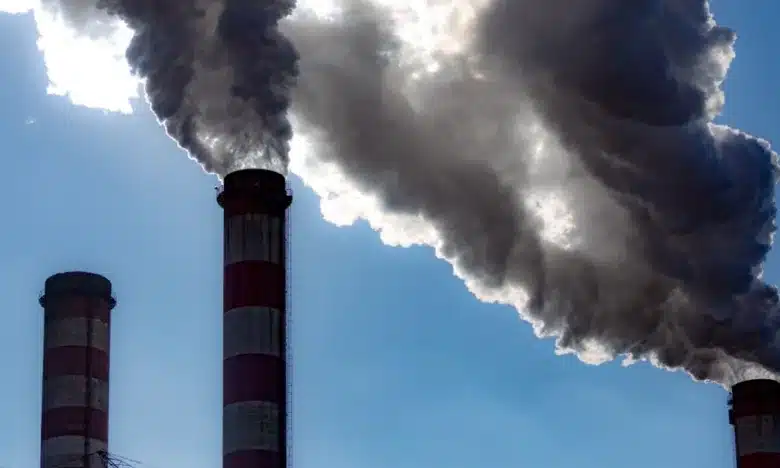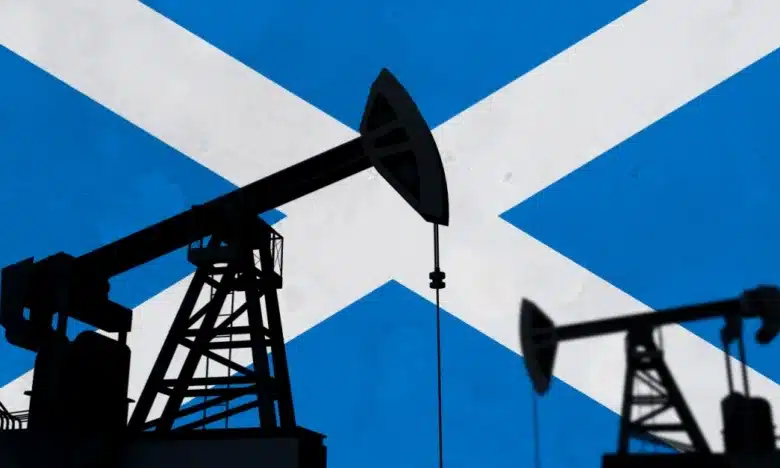
The Toxic Ways We Throw Away Power
- October 18, 2024
You’re a good eco-warrior if you dispose of your trash, right? Not always.
Consumption and disposal of your gadgets leave behind a toxic trail, even among consumers with the best of intentions to switch to electronics instead of overconsuming natural resources.
Here’s an overview of their harmful effects:
Southeast Asia has a whopping 400 million smartphone users – half of its population. It is also estimated to have 17 million laptops, also powered by lithium-ion batteries, by 2028.
Just think of what will happen once Electric Vehicle (EV) sales start piling up. Southeast Asia could be the next hotspot for toxic lithium waste.
If mishandled and misused, lithium can be extremely toxic. Prolonged exposure to nickel can lead to lung and kidney damage, along with cancer.
Due to its limited disposal infrastructure and large population of vulnerable communities in impoverished and Indigenous areas which are dumping grounds for toxic waste, we subject them to various harms by purchasing an excess of electronic consumer goods.
Electronic waste (e-waste) is an emerging global problem, with an annual production over 50 million metric tons (MMT). This number is projected to only keep rising, with recycling capacity trailing far behind its tracks.
In 2021, the first facility for lithium-ion to mineral extraction from used batteries in Southeast Asia was inaugurated in Singapore. It has a daily waste recycling capacity of 14 tons or 280,000 lithium-ion smartphone batteries. It has since then opened two more facilities.
Meanwhile, Indonesia is currently in early stage development for treating and recycling waste batteries. It has seen fervent investment for recycling plants to recover the valuable materials from spend lithium-ion batteries. An Indian-owned facility in the country is set to start operations by late 2024.
Thailand has started passing laws on electronic waste management, although they still lack specific legislation for lithium-iion battery waste recovery plants.
The transition to EVs has been slow in the Philippines and Vietnam, with only a smattering of e-motorbikes, various three-wheelers and electric micromobility vehicles such as e-bikes, Segways, electric scooters, powered skateboards, golf carts, wheelchairs and monowheels.
This may actually be a good thing, since neither of these countries currently possess the capacity and infrastructure to extract lithium-ion powder from used batteries.
The first step the Philippines took towards this was in 2022 when it passed RA 11697, a law that integrates the EV industry with the recycling of batteries.
Rinlee Butch Cervera, professor at the University of the Philippines Diliman (UPD), said while the country does not currently have any recycling or disposal facility for lithium-ion batteries, with funding support, a local facility can be built readily.
“In my laboratory at UPD, we have an ongoing project supported by the Department of Science and Technology related to [lithium-ion] battery recycling and recovery which we are hoping to upscale soon with future support,” he explained.
“I think that lithium-ion battery technology will still be dominant in a decade or more,” he said when asked for battery technology beyond lithium, adding that “we just need to properly adapt to our own local needs and benefits as well as to also prepare for upcoming technological battery advancements”.
The slow uptick of recycling infrastructure accelerates the problem of e-waste, leading to environmental and health consequences.
The trends point to mountains of unrecycled e-waste from discarded EV batteries, despite the availability of several technologies to safely recover the toxic yet economic value of metals and minerals from them. At present, most EV batteries are still shipped and dumped from various countries to the landfills and dumpsites of developing countries.
Ban Toxics, an organization that advocates for sound chemicals and wastes management and environmental justice, notes that hazardous informal recycling is the most common waste disposal scheme in developing countries, while low-cost landfill dumping is the most preferred final disposal technology.
“Solid waste management in the [Philippines] is a mixed bag, with local government units choosing their own waste management priorities and strategies,” Ban Toxics’s policy and research associate Jashaf Shamir Lorenzo.
Regarding lithium-ion batteries used in EVs, Lorenzo stated that Ban Toxic’s main concern is whether “the production of lithium and nickel are ethically and environmentally sustainable” in the first place, and the discarding process for its resulting e-waste.
According to Lorenzo, it is an uphill battle to cease, or even minimize informal waste recycling in landfills. It is a massive industry that provides both formal and informal employment for more than half the population in Asia-Pacific.
“Of course, [we] welcome the end of the fossil fuel era, and EVs as a better alternative to traditional vehicles,” Lorenzo continued.
“However, we can’t just solve air quality issues that come from traditional vehicles by shifting to EVs.”
To act as one in accelerating the mitigation of these problems while legislation is still on the way, what are consumers to do in order to reduce their toxic waste footprint?
- Avoid buying battery-operated tools, and batteries in general.
Mechanical and plugged tools still do the job, and there are now solar-powered options as well.
- Choose rechargeable battery options, and take care of your gadgets.
You will be saving money along with the environment by prolonging the life of your gadgets as long as you can.
- Think twice before you upgrade.
Just because a new model of your devices are available, doesn’t mean you need them! It’s trendier now to be an ethical consumer than it is to have all the latest gadgets.
- Compile and donate your used electronics for recycling.
Throwing your gadgets away in the trash is dangerous – it carries the risk of fires and human exposure to toxic waste. Here’s a list of the growing number of places that help their consumers do their part in creating a cleaner and safer world.



